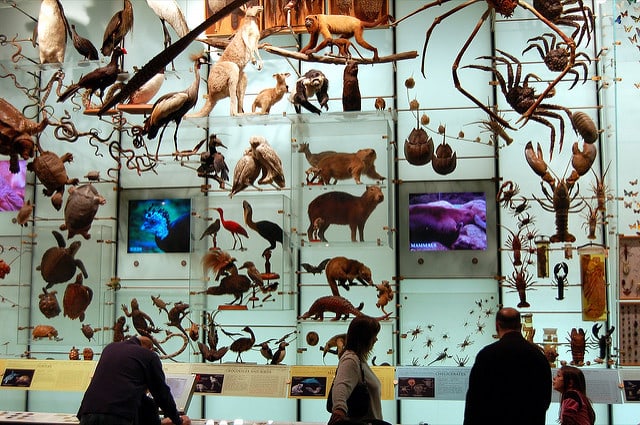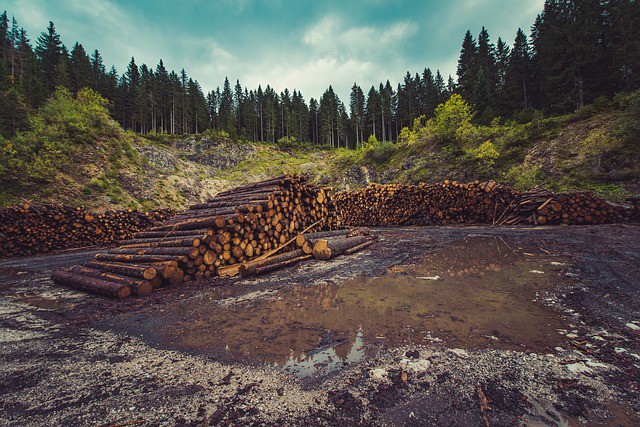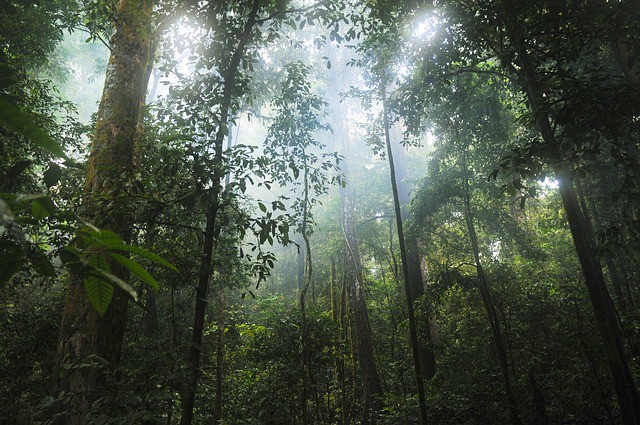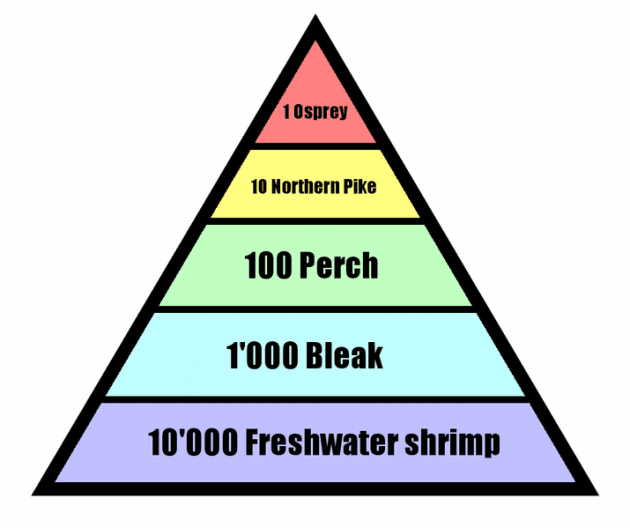Why is Biodiversity Important and Reasons For Loss of Biodiversity

Biodiversity is the variety within and between animal and plant life in a particular habitat or the entire planet. In any particular region on the planet, there are numerous different species. A small-scale example of biodiversity is the various life forms within the park in the neighborhood. Examples of diverse species locally include butterflies, trees, shrubs, grass, bacteria, fungi, flies, frogs, birds, worms, mammals, spiders, lizards, and the list goes on.
The variations are even further witnessed within the genetic makeup of a particular species group which brings about the difference in color, shape, and size. These species form a unique community where they interact with each other and the soil, air and water.
According to WWF,
“Biological diversity – or biodiversity – is the term given to the variety of life on Earth. It is the variety within and between all species of plants, animals and micro-organisms and the ecosystems within which they live and interact. Biodiversity comprises all the millions of different species that live on our planet, as well as the genetic differences within species.“
Importance of Biodiversity
There are numerous reasons deeming biodiversity significant. One overriding importance is that biodiversity is responsible for the continuity of the planet because it supports majority of the vital environmental life cycles such as the oxygen cycle, the water cycle, and the nitrogen cycle just to mention a few. With between 3 and 30 million species on earth, here are the reasons why they are important.
- Provides Food and Allows Humans to Live a Happy Life.
Because of the availability of different species, humans are able to obtain a range of materials and foods used to support their well-being and health. The various foods such as fish, meat, vegetables, fruits, and cereals are all available because of the planet’s biodiversity.
- Medical Breakthroughs and Cures.
Through biological diversity, scientists have made significant advances in medical discoveries and have found cures to several diseases. All this has been possible because of research into the various animal and plant genetics as well as biology. 80% of vaccines and drugs used in prevention and treatment respectively are from the world’s biodiversity.
- Planet Continuity and Balance of the Ecosystem.
Biodiversity makes life livable on Earth by playing an important role in offering ecological services. The ecological services include air purification, replenishing and cleaning water systems, absorbing chemicals, stabilizing climate, recycling nutrients, and forming and protecting the soil. Crucial life cycles such as the water cycle and the nitrogen cycle are all determined by biodiversity.
- Industrial Processing and Manufacturing.
Biological resources supply the numerous industrial raw materials including rubber, cotton, leather, food, paper, timber, water, and fiber. These resources are then used by the industries to process and manufacture different products for human and other uses.
- Recreation, Culture, and Education.
Biodiversity provides a “wonder” of how things are amazingly inspiring, beautiful, and diverse in nature. Simply because of this, biodiversity promotes recreational activities such as fishing, bird watching, mountain climbing, and game visits that lead to tourism. Biodiversity also influences cultural values as it inspires people in different ways and determines certain lifestyle orientations. Biological education and research are as a result of the existing biodiversity.
- Adjustment and Adaptation.
It is because of diversity in genetic makeup that plants and animals are able to adapt and adjust to respective environmental changes. The genetic diversity, for instance, helps species to fight diseases.
Reasons For Loss of Biodiversity
- Habitat Loss and Destruction
Any given habitat supports the availability of water, air, soil, food and dwelling grounds for biological organisms. Hence, when a habitat is degraded or destroyed as a result of the natural or human activities such as earthquakes, land use, deforestation or agriculture, biodiversity is lost as the ecological systems supporting biological survival is taken away. Even if only a small portion of an ecosystem is destroyed, the entire system’s balance becomes vulnerable.
- Over-exploitation
The exploitation of the natural resources to the point of diminishing returns has significantly given rise to biodiversity loss. Activities such as over hunting, over fishing, over mining, and excessive logging have greatly reduced biodiversity levels. For instance, excessive fishing has reduced one-third of all fish species, and some are on the verge of extinction.
- Spread of Invasive Species and Diseases
Species are usually constrained from entering other ecosystems because of natural barriers. Since these barriers have been increasingly destroyed by acts such as pollution, natural disasters, and climate change, more aggressive species may enter an ecosystem and destroy the native species.
Invasive species competes for food with the native species and also alters the structure of the habitat. Spread of disease in an ecosystem gradually destroys biodiversity as it reduces the survival capacities of the various life forms.
- Pollution
The various forms of pollution including water pollution, soil pollution, air pollution, land pollution and agricultural pollution simply destroy animal and plant habitats due to the toxic substances and chemicals released into the biological systems. Some seriously polluted regions have become dead zones as the conditions cannot sustain any life form. Apart from habitat destruction, pollution poses long-term cumulative impacts on the species health, contributing to their eventual death. For instance, marine and freshwater life forms are most affected by pollution.
- Climate Change and Global Warming
Climate change and global warming are among the principal contributors to biodiversity loss. Changes in climates and global temperatures directly impacts physical environmental factors essential for a sustainable habitat. The present rate of rising global temperatures is destroying coral reefs and mountain regions which are biodiversity centers.
For instance, wildlife that requires cool temperatures of high elevations such as the rock rabbit and mountain gorillas may in the near future run out of habitat due to global warming. If global warming and climate change continue, 10% of the entire world species might go extinct by 2050.
- Human Overpopulation
Overpopulation has witnessed continued encroachment into frontier forests, heightened pollution, and destruction of natural ecosystems that has considerably contributed to the mass extinction of species. The number of threatened species persists to multiply worldwide whereas some have completely gone extinct.
Human activities such as acidifying water systems, over-exploitation of natural resources, pollution, over-fishing, poaching, and the deliberate and indirect destruction of natural systems have contributed to the loss of biodiversity.
- Genetic Pollution
Genetic pollution refers to the hybridization or genetic engineering of species. It is majorly used in agricultural production to increase resistance to diseases and local climates for high yields. This threatens species especially when there are uncontrolled hybridization and genetic engineering. Eventually, it brings about unique genotypes which replace the originally existent diverse genetic materials.






